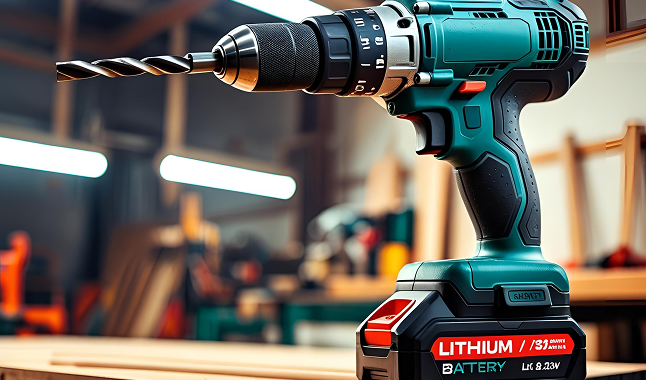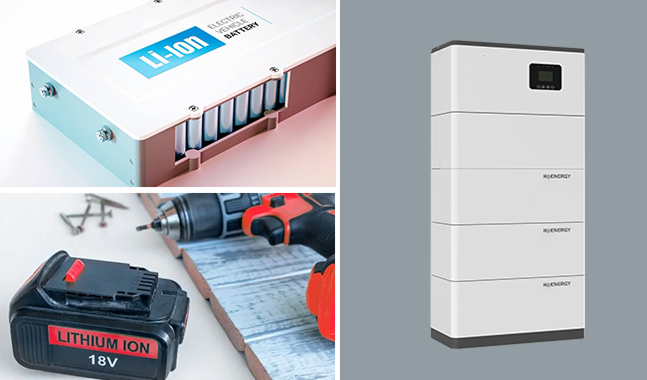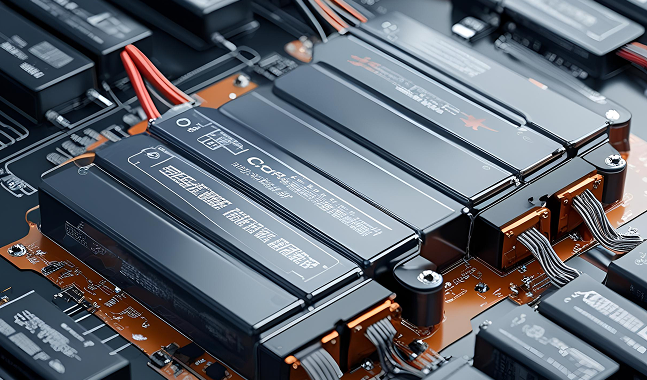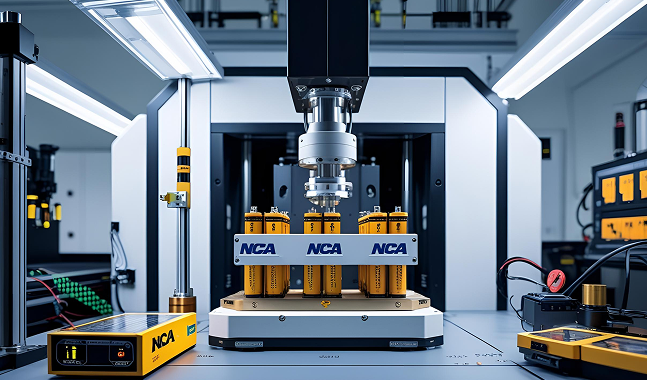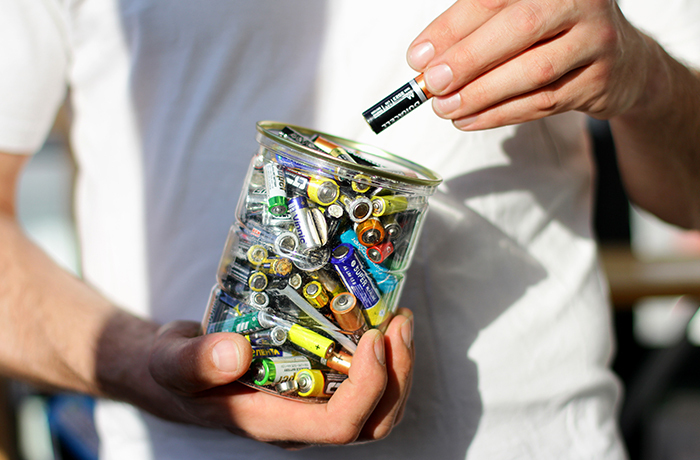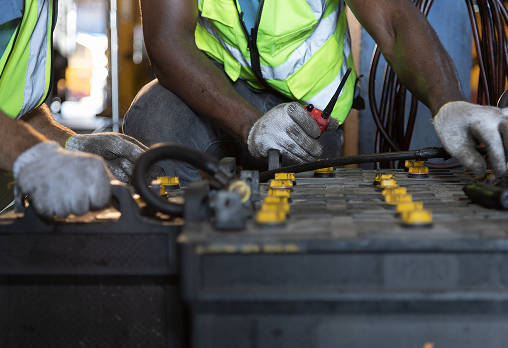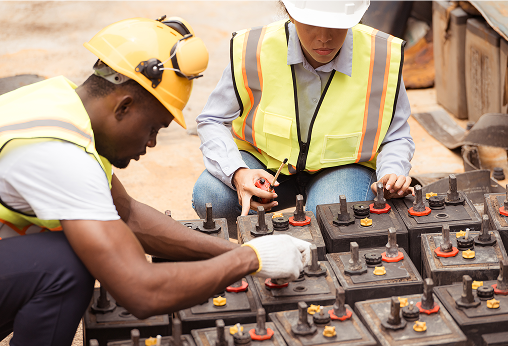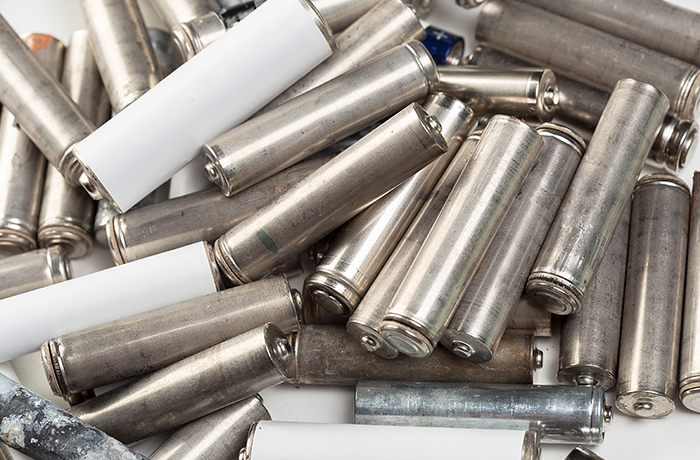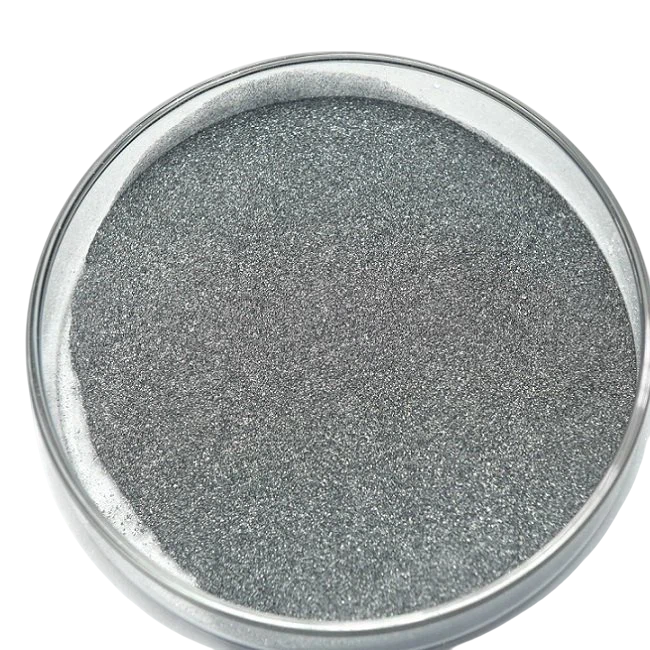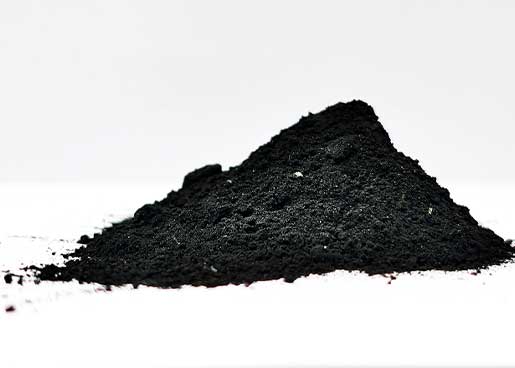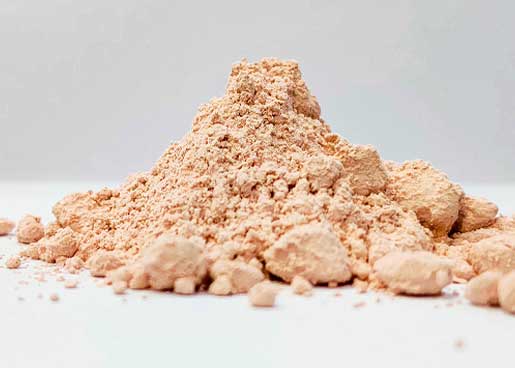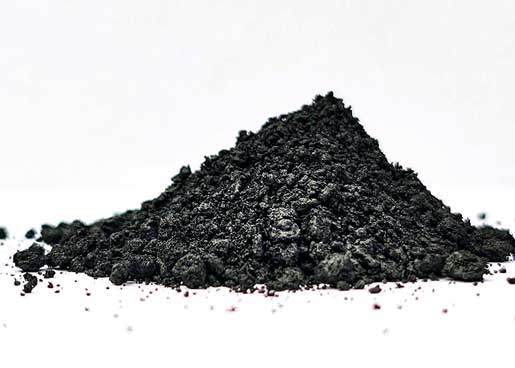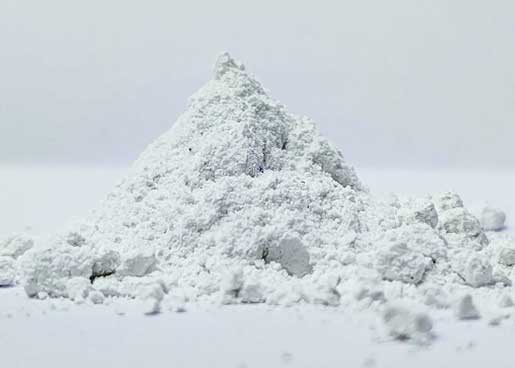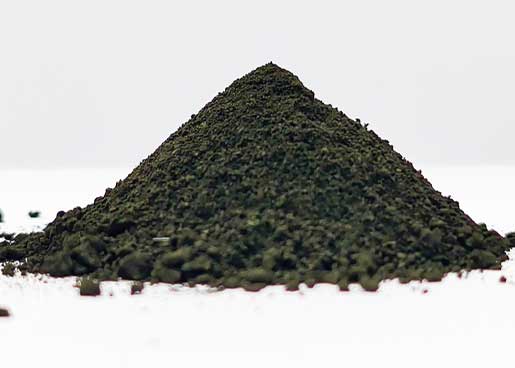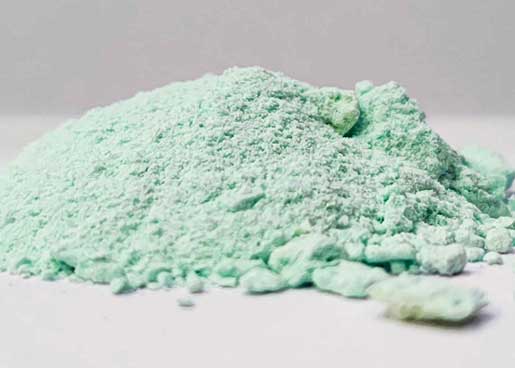Doing our part for a cleaner planet.
Transitioning to a sustainable future requires the responsible use of our valuable and finite resources.
Through our focus on battery recycling, we aim to minimize environmental impact and foster a sustainable future, keeping our people and planet in mind. This approach allows us to keep the well-being of both nature and communities at the forefront of our operations.
Through our efforts, we seek to drive meaningful change and create a world where future generations can thrive in harmony with their environment. It all starts with Nav Prakriti.
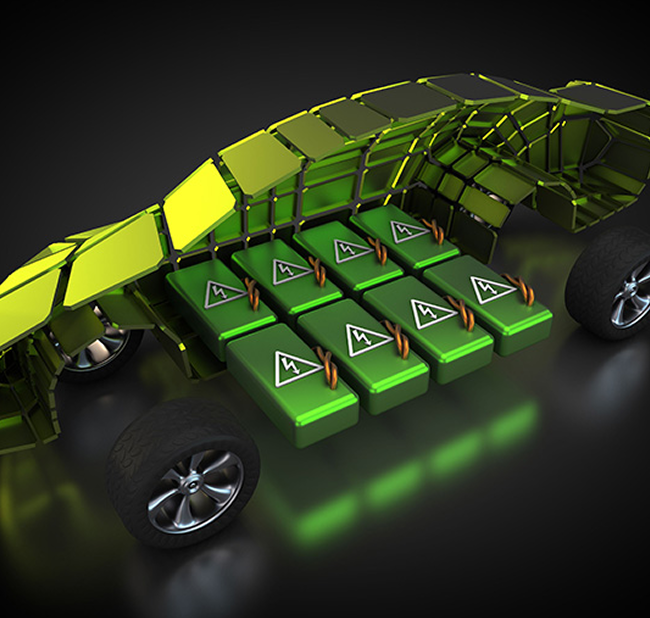


.png)




